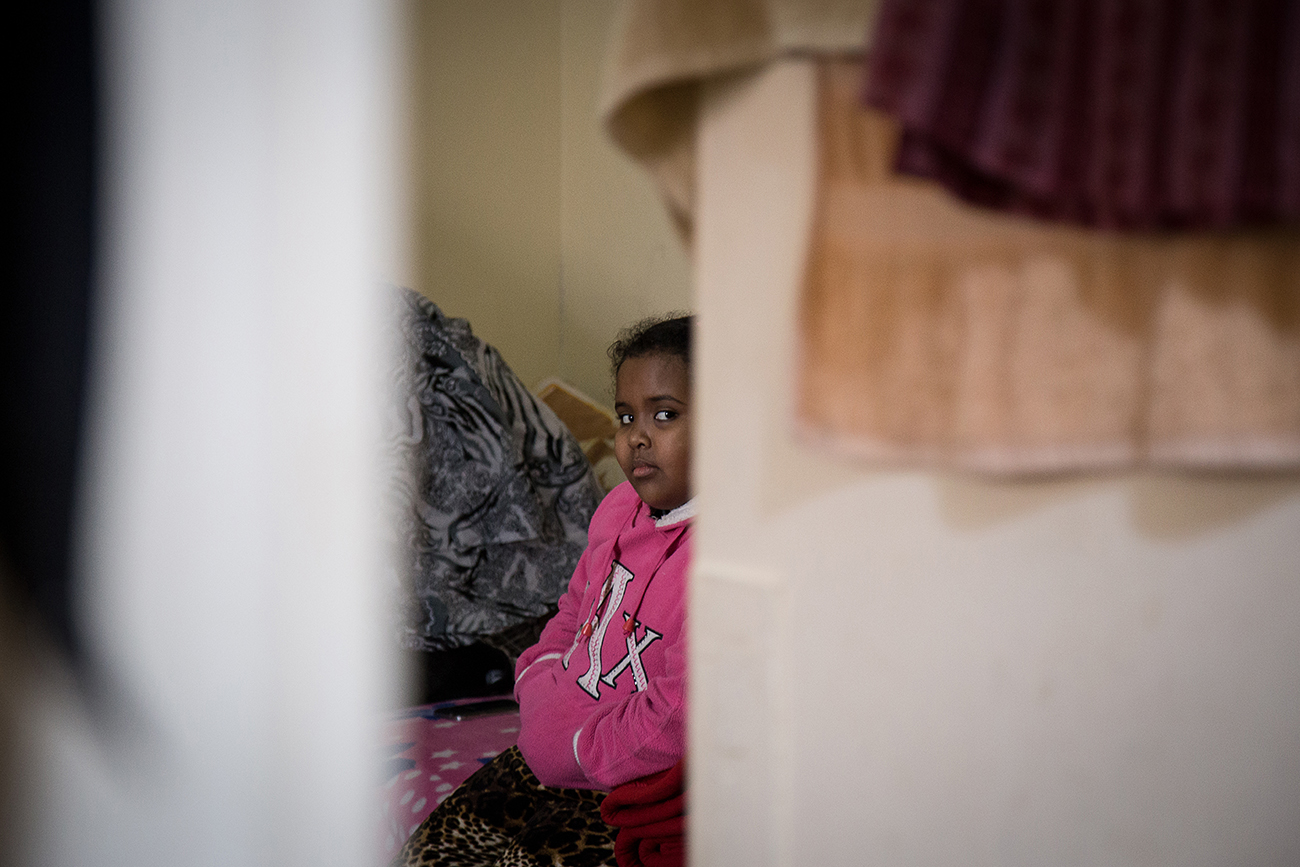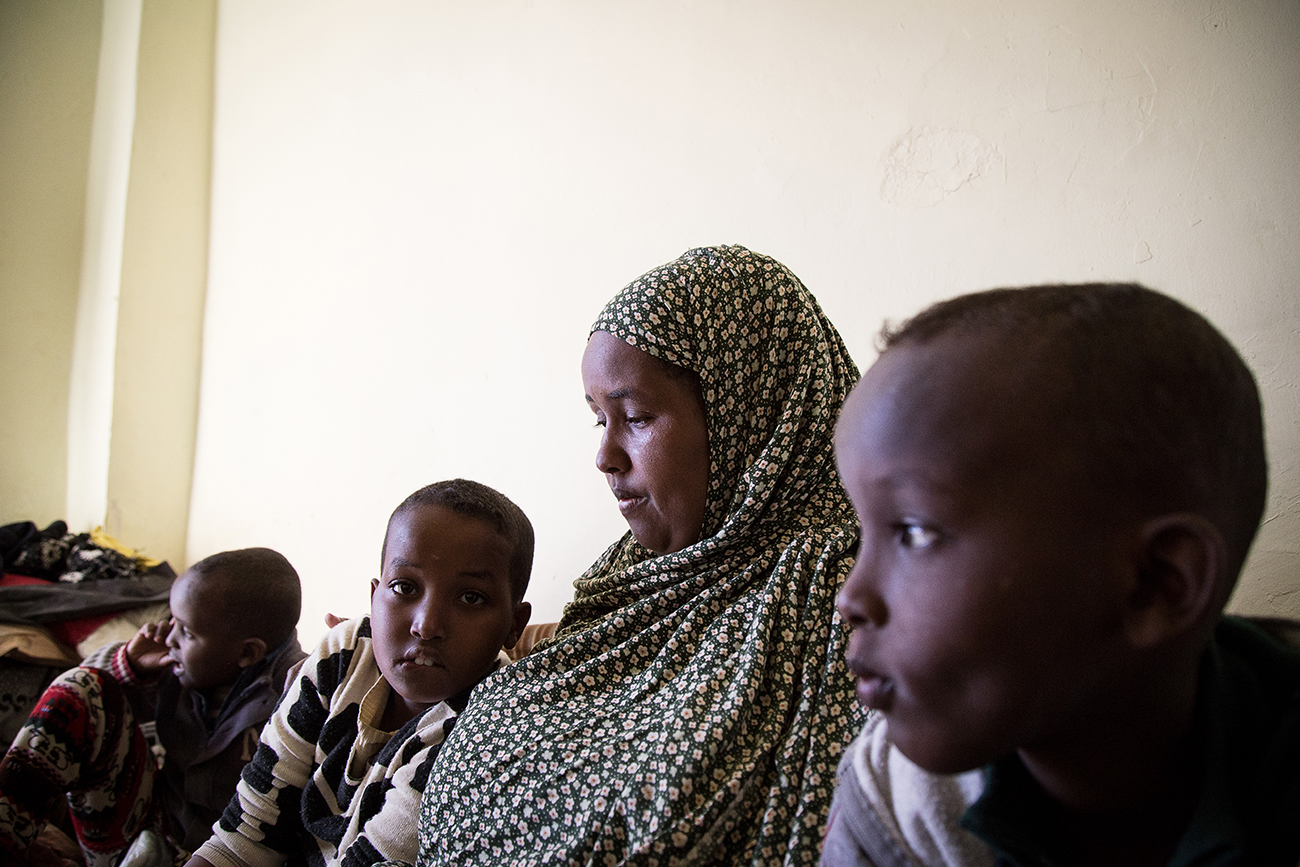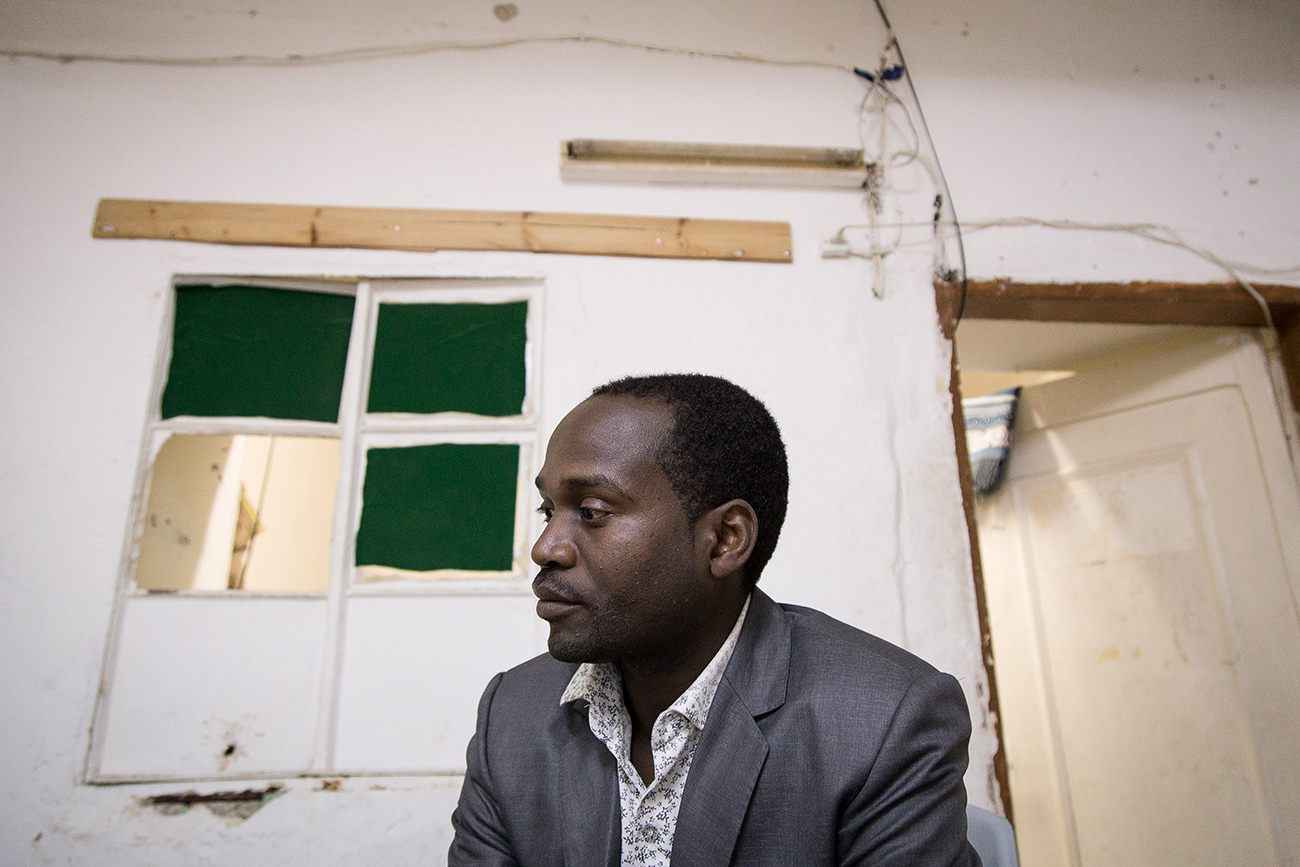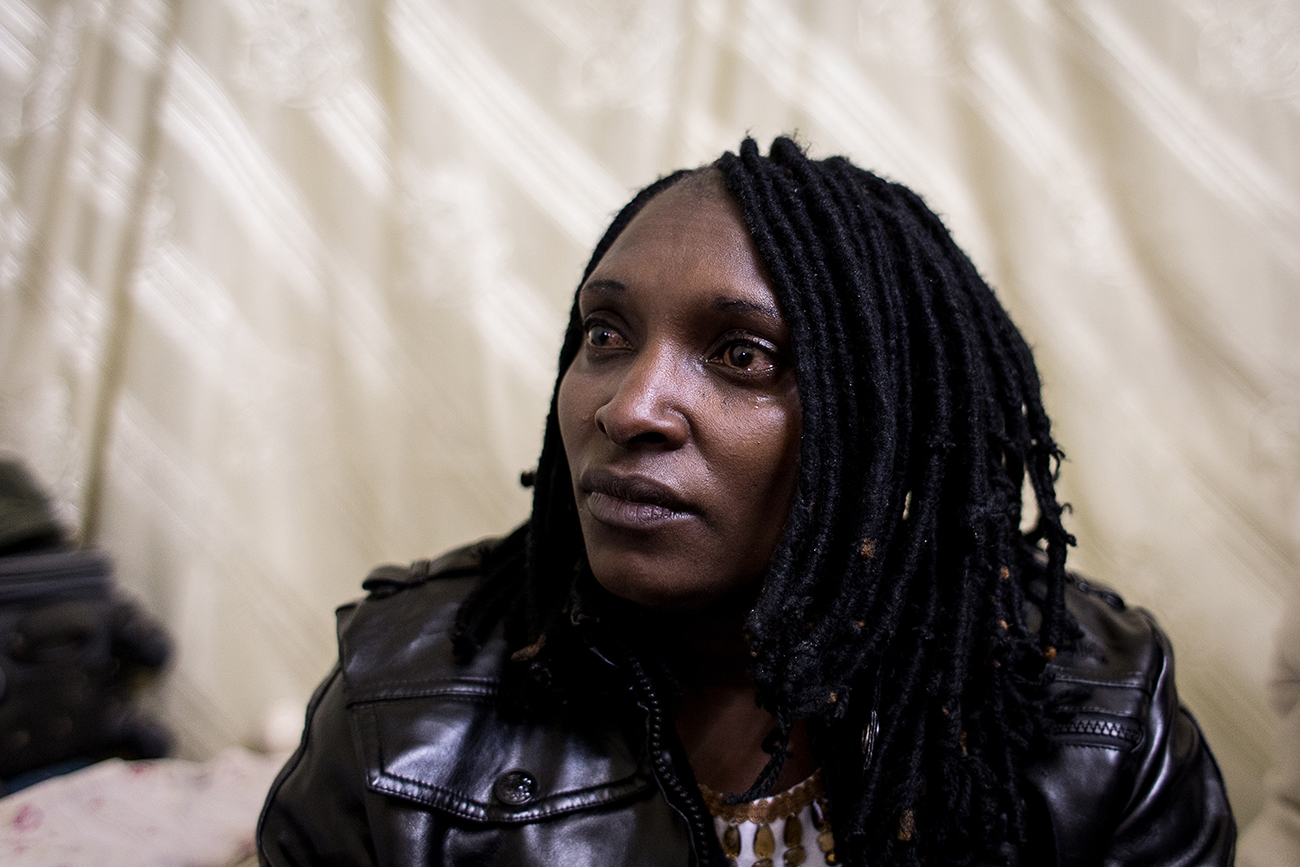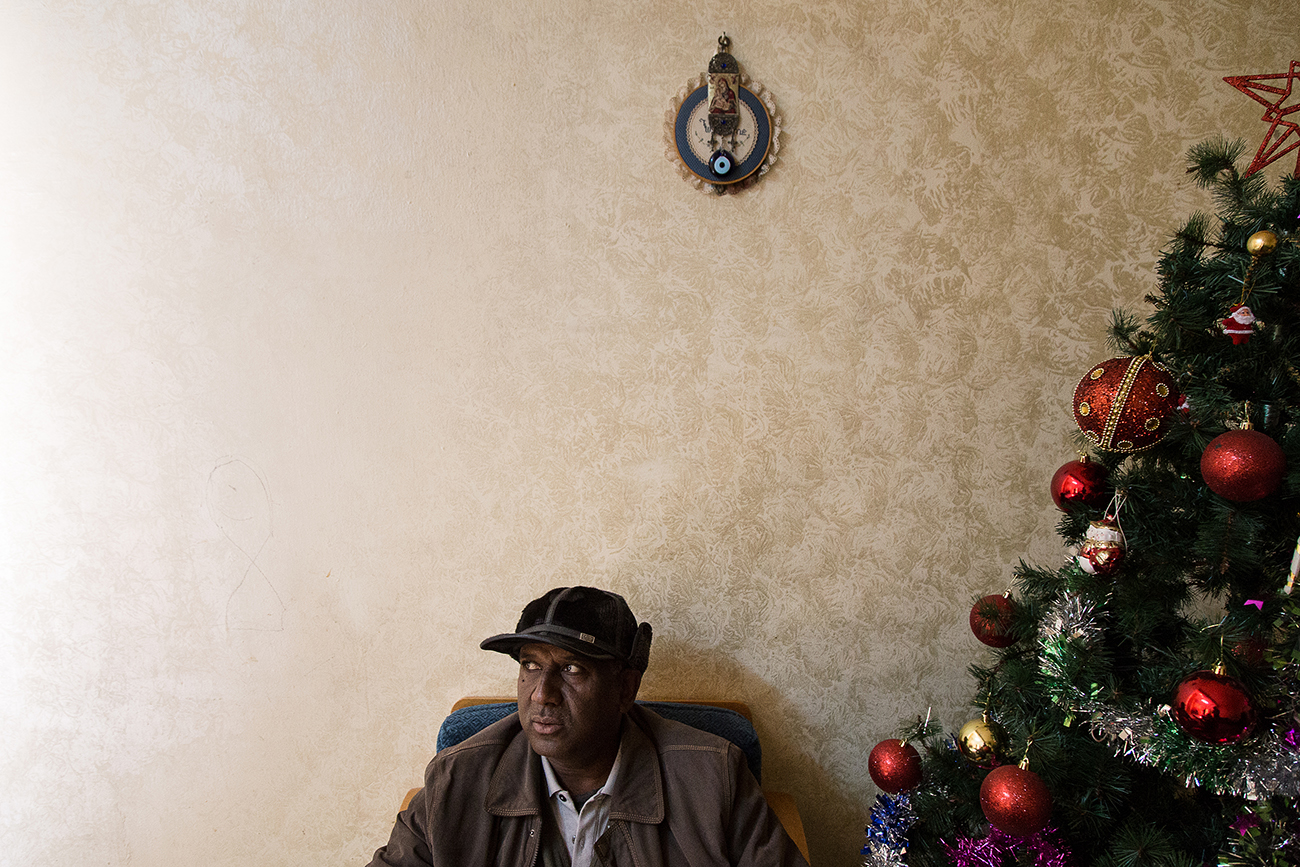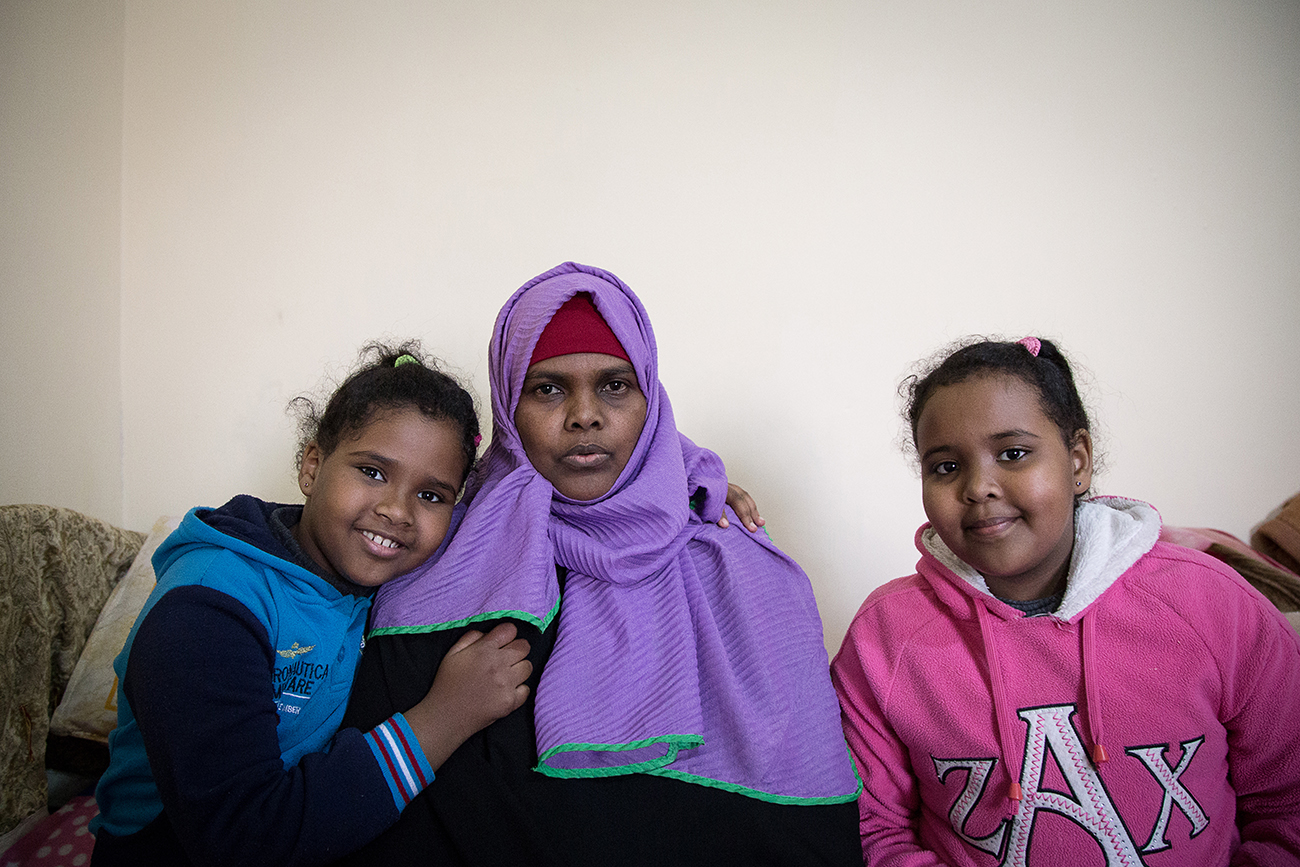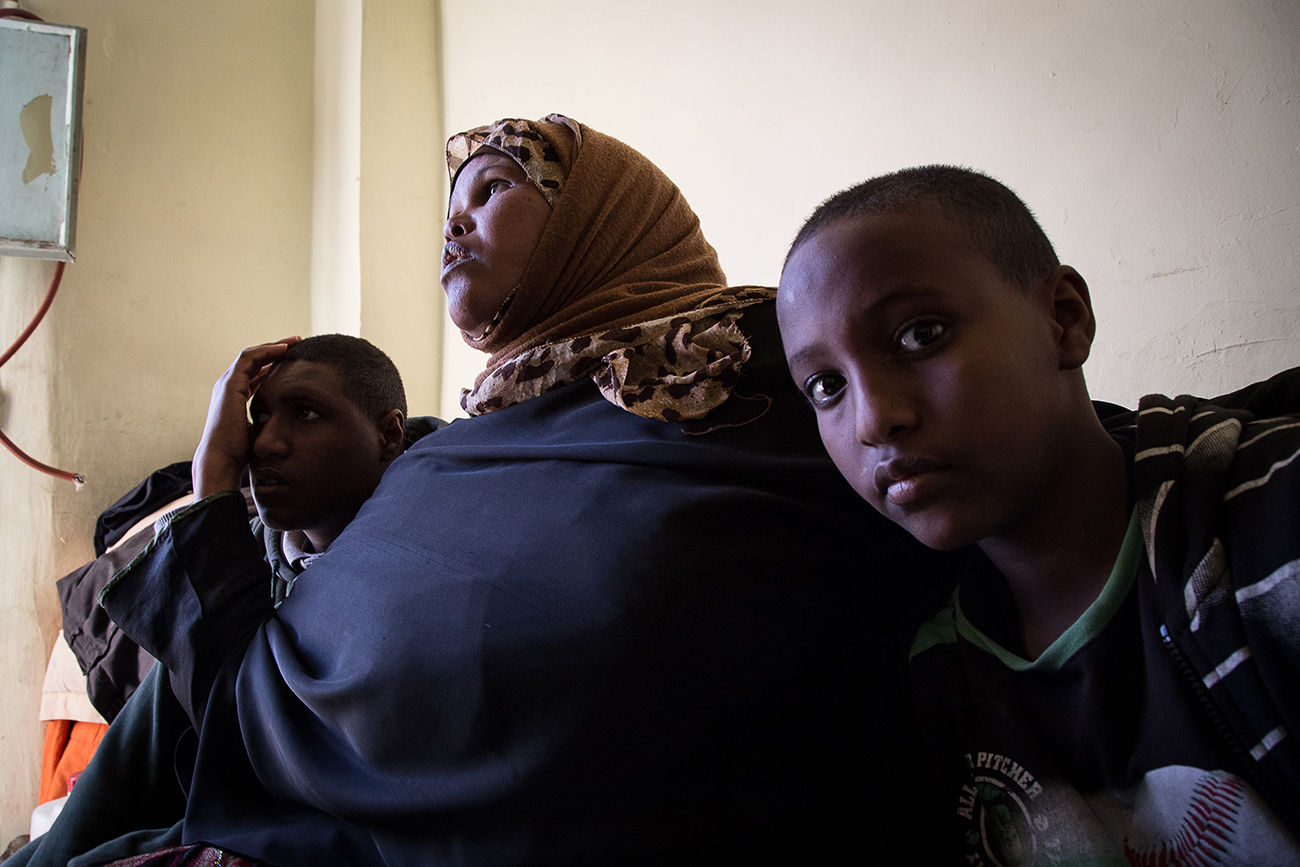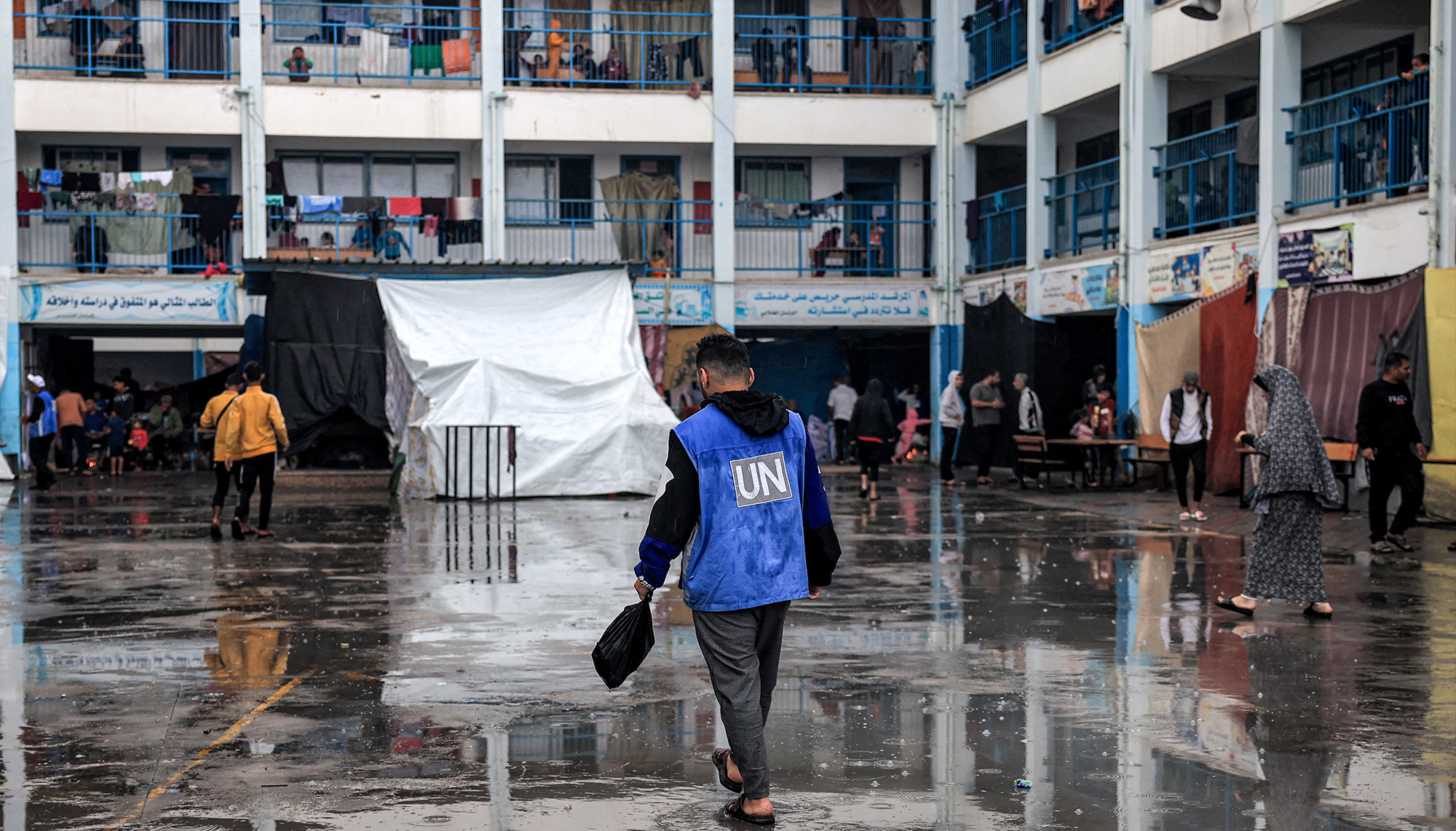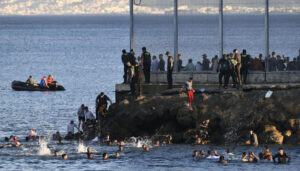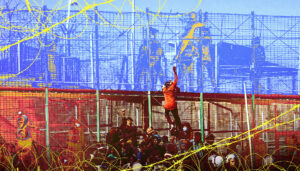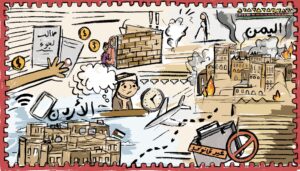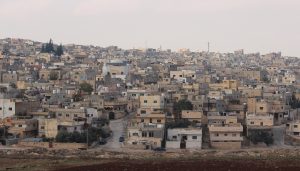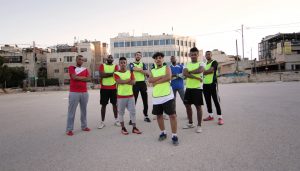Photos by Hussam Da’na, translated by Orion Wilcox
This article first appeared on 7iber in Arabic on January 10.
In the neighborhood of Jabal Amman between Maan bin Zaida and al-Buhturi streets, known locally as the “Filipino Quarter,” Umm Ayman sits with her friend and fellow Somali refugee Umm Mohamad on the stoop of her dilapidated home. Out front, Abdelqassim, from Sudan, and Judy, from Kenya, pass by on their way to look for work as a day laborer or cleaning houses. Nearby, Idris sits in an Ethiopian café chatting amicably with the other customers, far from his home country of Eritria’s conflict with neighboring Ethiopia, the conflict that forced him to seek refuge in Jordan years ago.
These individuals, all of whom have come to Jordan fleeing a variety of different conflicts, have one thing in common: a plastic Asylum Seeker card issued by the UN High Commissioner for Refugees (UNHCR) that grants them the title of “refugee” and that could carry with it the promise of resettlement in a new country, material assistance or, in many cases, neither of the above.
A 2014 UNHCR report says that Jordan currently hosts refugees of 44 different nationalities, including 3000 Sudanese and 500 Somalis, half of whom are less than 18 years of age. The report discussed the attention garnered by Syrian refugees while calling on the aid community to “not forget refugees of other nationalities living in Jordan.”
Indeed, on the other side of media attention focused on Jordan’s Syrian and Iraqi refugees, sit thousands of refugees of other nationalities protesting neglect and a lack, or quite often a complete absence, of support.
Acknowledgement of a person’s refugee status does not necessarily ensure that they will receive material assistance, according to Ahmed al-Hawari, a Communications Officer at UNHCR, who explains the difference between a person obtaining recognition as a refugee and their obtaining material assistance.
“Recognition of a person as a refugee means that UNHCR assumes responsibility for their legal and political protection. After recognition, a study is conducted to assess the refugee’s claim to material assistance,” says al-Hawari, explaining that the standards for provision of material assistance to refugees ensure that aid is directed to those “most in need, meaning those living under the extreme poverty line and not those who are simply impoverished.”
Al-Hawari explains that UNHCR’s responsibilities toward refugees are separated into two categories. The first is assistance with integrating into the local community—integration that does not occur in Jordan as it is a host country not signed on to the 1951 Refugee Convention—and the second is assistance resettling to a third country. However, the final decision on which refugees are resettled to third countries is determined by countries of asylum that are participatory to the 1951 Convention.
Each country of asylum determines an “annual quota” of refugees to be resettled within their borders each year. For its part, UNHCR registers refugees with these countries according to their quotas, while also providing special assistance to those suffering from particularly difficult health problems to accelerate the resettlement process. However, the final decision and the speed of its implementation remains with the country of asylum, says al-Hawari.
Al-Hawari does not deny the lack of attention given to non-Syrian refugees in Jordan from the world community, placing the blame first and foremost on the media and secondly on international aid organizations.
Click on the links below to read the refugees stories and see their photos.
